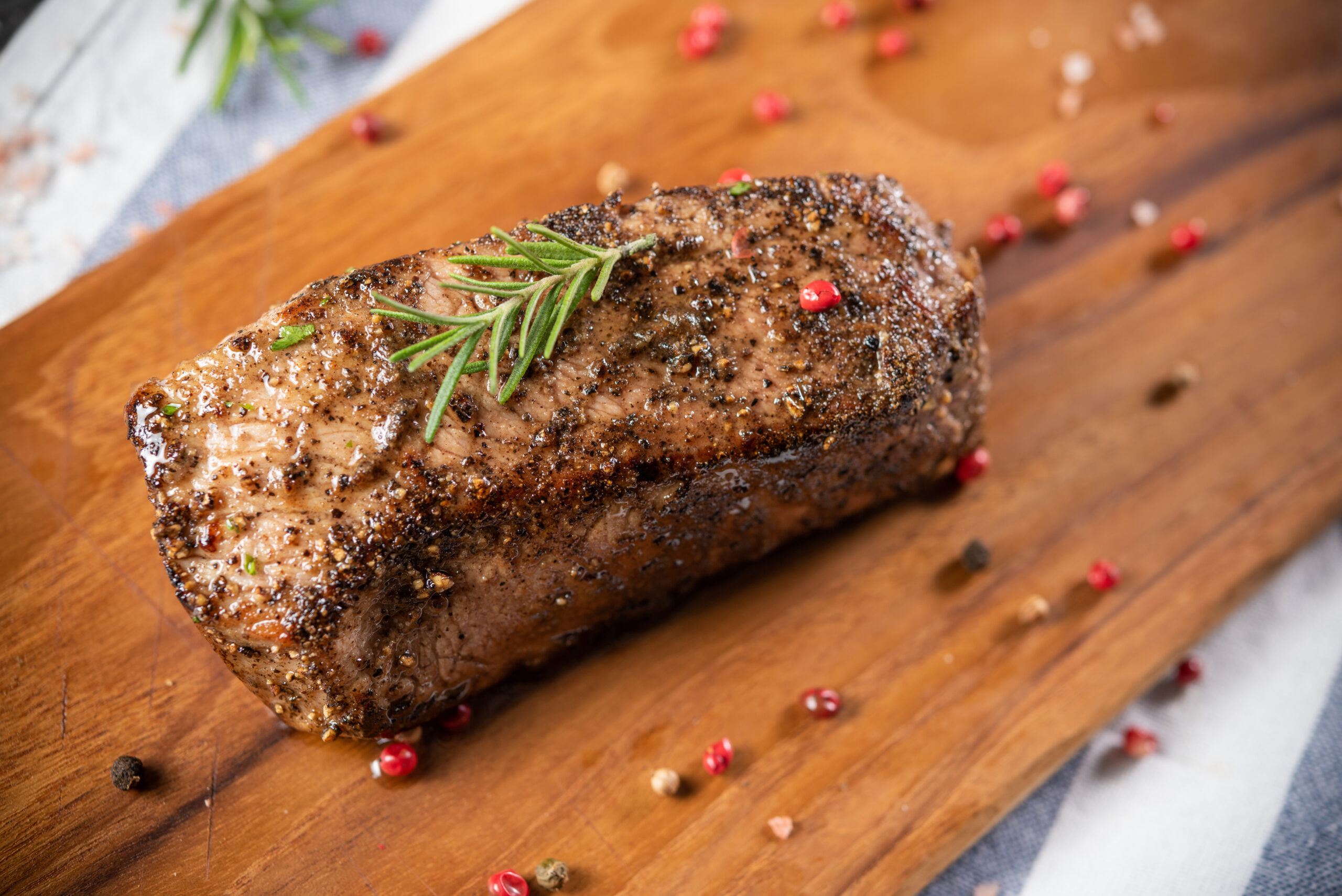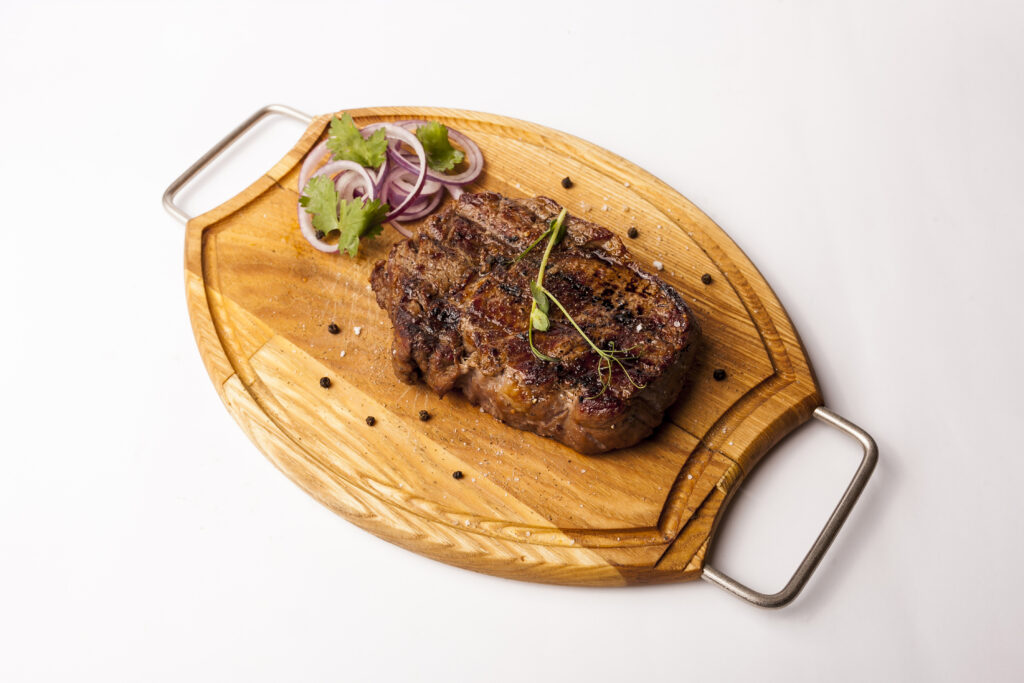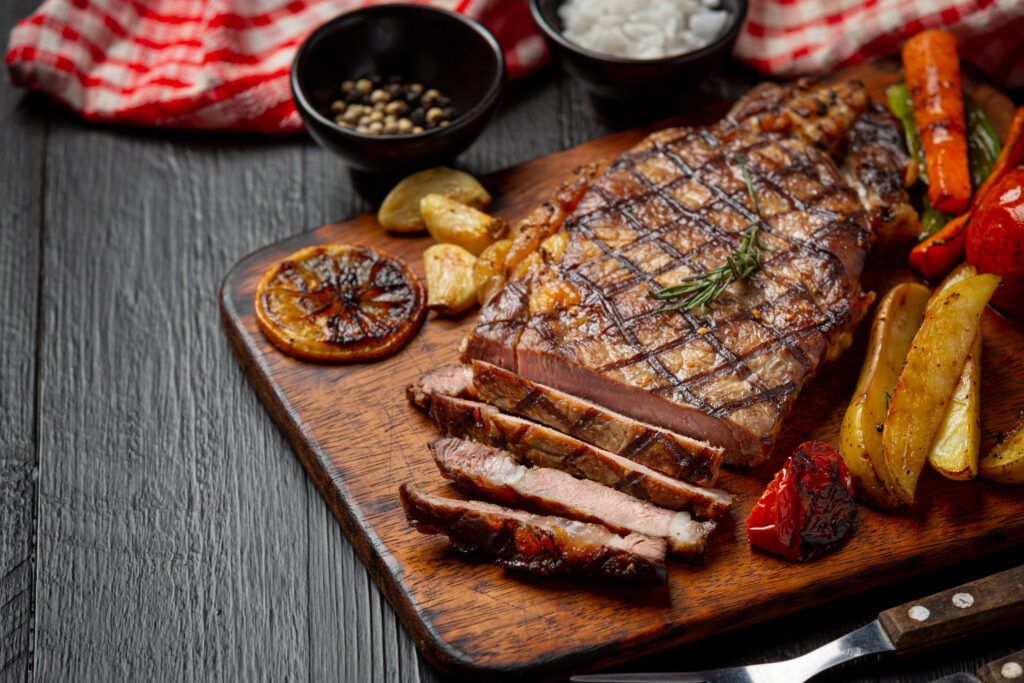- MISC
50 Best Graduation Songs That Capture Every Emotion


Roasting beef is a time-honored culinary technique that transforms a simple cut of meat into a succulent centerpiece, perfect for family gatherings or a comforting weeknight dinner. While the idea of roasting beef might seem daunting, especially on a budget, it can be an accessible and gratifying endeavor with the right approach. By utilizing budget swaps and pantry shortcuts, you can create a mouthwatering roast beef that doesn’t break the bank. In this guide, we will explore the essential steps, tools, and variations to help you master the art of roasting beef at home.

The foundation of a great roast beef lies in the quality and selection of ingredients. Choosing the right cut of beef is crucial, but there are also budget-friendly options that don’t compromise on flavor.
When selecting beef, look for cuts with good marbling as this will enhance the flavor and tenderness of your roast.
Achieving a juicy roast beef involves a series of straightforward steps that ensure the meat is cooked to perfection.
Begin by removing the beef from the refrigerator at least 30 minutes before cooking to allow it to reach room temperature. This ensures even cooking throughout the roast. Rub the beef with olive oil, then generously season with salt, pepper, minced garlic, and your choice of herbs.
Searing the beef in a hot pan before roasting locks in the juices and creates a flavorful crust. Heat a tablespoon of olive oil in a large skillet over high heat. Sear the beef on all sides until a rich, brown crust forms, about 3-4 minutes per side.
Preheat your oven to 350°F (175°C). Place the seared beef on a roasting rack set inside a roasting pan. Roast in the oven until the internal temperature reaches your desired level of doneness. For medium-rare, aim for an internal temperature of 135°F (57°C).
Once the roast reaches the desired temperature, remove it from the oven and let it rest for at least 15 minutes. Resting allows the juices to redistribute, resulting in a moist and tender roast.

Experimenting with different flavors can elevate your roast beef to new heights. Here are some variations to consider:
Understanding how to cook various beef cuts can help you make the most of your chosen roast.
Best cooked low and slow, chuck roast benefits from braising or slow roasting to break down its connective tissues, resulting in a tender finished product.
This lean cut is best when marinated to add moisture and flavor. It can be roasted at a slightly higher temperature for a shorter time to avoid drying out.
A versatile cut that can be roasted or grilled. It benefits from a good sear and a careful eye on the internal temperature to prevent overcooking.
Ensuring your roast beef is cooked to the correct internal temperature is key to achieving the desired level of doneness.
Always use a reliable meat thermometer to check the internal temperature, inserting it into the thickest part of the beef.
Leftover roast beef can be a versatile ingredient for creating new meals, reducing waste, and saving time.
Thinly slice leftover roast beef and layer it on crusty bread with horseradish sauce and arugula for a quick and satisfying sandwich.
Cut the beef into strips and toss it with vegetables and soy sauce for a flavorful stir-fry.
Shred the beef and use it as a filling for tacos, topped with avocado, salsa, and cheese.
Combine slices of beef with mixed greens, cherry tomatoes, and a balsamic vinaigrette for a refreshing salad.
Proper storage and reheating of roast beef can maintain its quality and flavor for future meals.
Store leftover roast beef in an airtight container in the refrigerator for up to 3-4 days. For longer storage, consider freezing the beef. Wrap it tightly in plastic wrap and place it in a freezer-safe bag, removing as much air as possible.
To reheat roast beef, preheat your oven to 250°F (120°C). Place the beef in a baking dish with a splash of beef broth or water to prevent drying out. Cover with foil and heat for 20-30 minutes, or until warmed through. Alternatively, reheat slices in a skillet over medium heat with a bit of oil or butter.
By following these guidelines and incorporating budget-friendly ingredients and techniques, you can create a delicious roast beef that is both economical and satisfying. Whether you’re serving it as a main dish or reinventing leftovers, roast beef offers endless possibilities for the home cook.